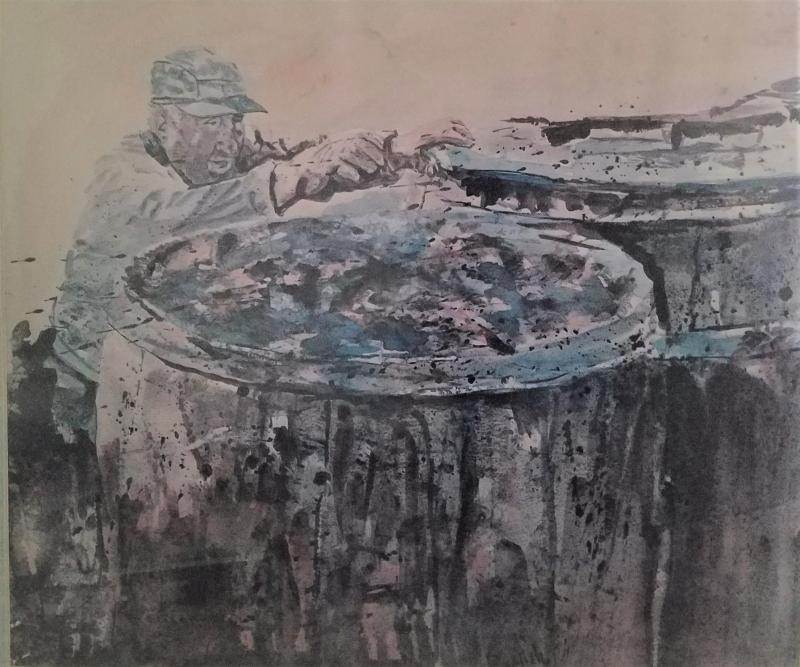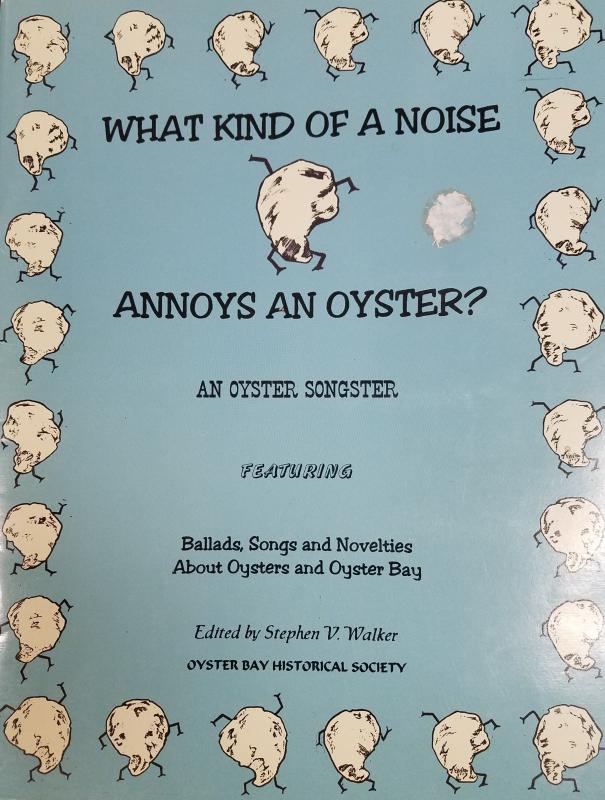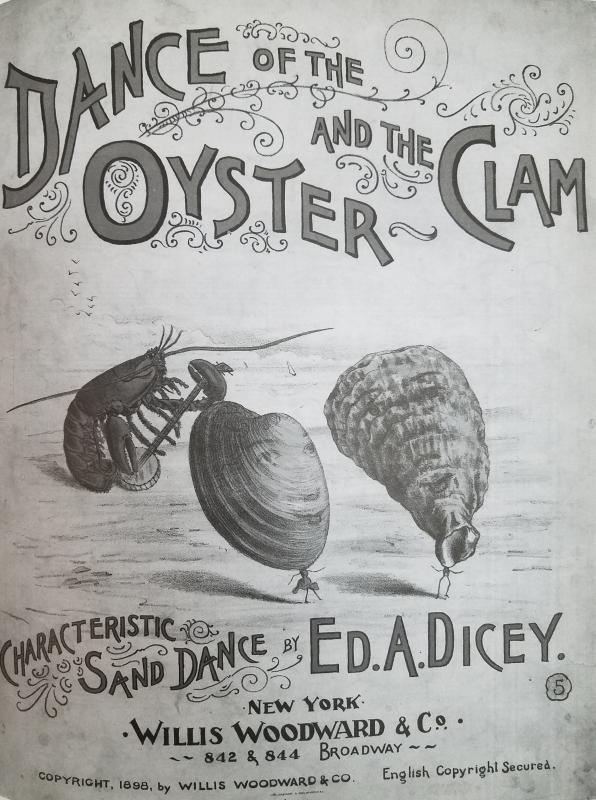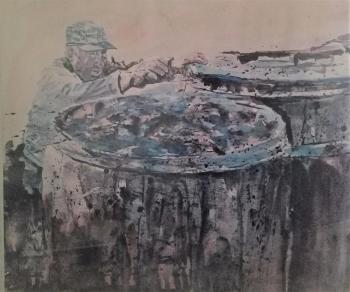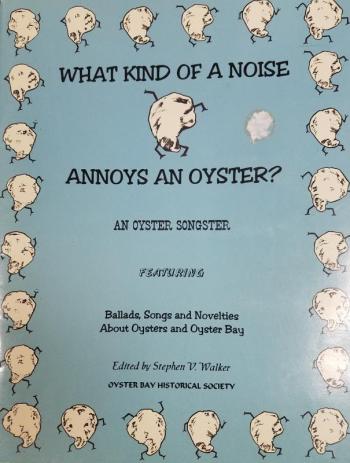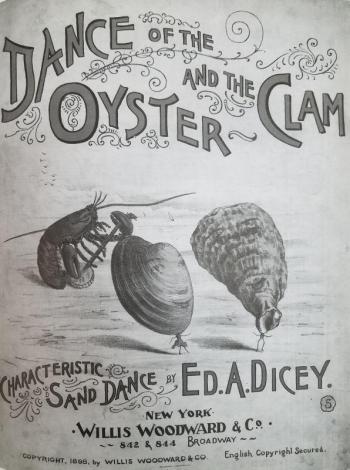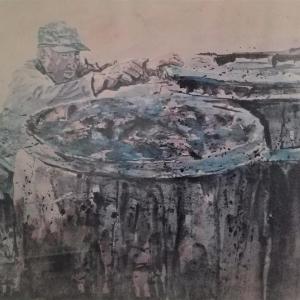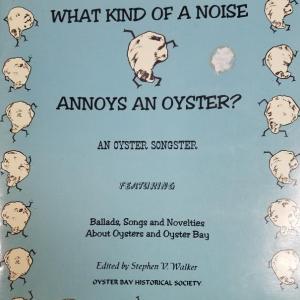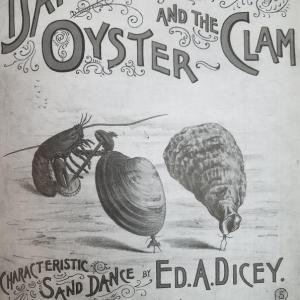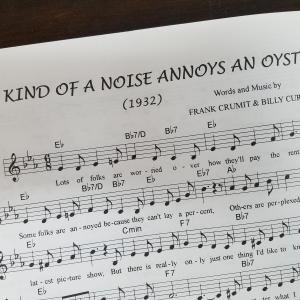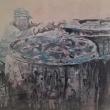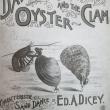Eclectic Rockland museum collection continues to grow
ROCKLAND — If you’ve been to the Sail Power and Steam Museum on Mechanic Street in Rockland (on the site of the former Snow Shipyard), you’ll know that it is a place where you can lose yourself as you wander between the rooms, looking at a life-time collection of marine and local history related objects curated by Captain (and author) Jim Sharp and his wife, Meg, according to the Museum, in a news release.
From the working, scale lime kiln outside the front door and the floor-to-ceiling Foucault Pendulum display that greets you as enter the museum to working steam engines and historic ship models, from maps and photographs showing the locations of now dismantled ship yards and lime kilns (136 of them!) around Rockland Harbor or of shipwrecks in Penobscot Bay (nearly 100 of them), to walls of navigational and ship building tools of the trade – every nook and cranny of the 11-room museum is filled with the maritime history of Midcoast Maine and beyond.
If you are lucky enough to be shown around the museum by Captain Sharp, himself, you’ll be regaled by his stories of rebuilding well known vessels like the Artic Schooner Bowdoin which he saved from being dismantled in Connecticut. Sharp spent years aboard her (she is now a valued member of the Maine Maritime Academy fleet) and other well-known schooners such as the Adventure and Roseway which berthed in Camden Harbor for decades as part of the Windjammer Fleet and now sail the waters near Gloucester, MA, and the world respectively (Roseway is now home to the World Ocean School). And if Sharp isn’t around for your tour, he has narrated an automated video tour to guide you through the facility.
But the collection is not stagnant, continuing to grow as supporters bring in their own special artifacts and treasures. Just this past week, someone walked in with a carefully rolled piece of fabric which housed the sail-making needle collection of a Captain Frank Morris (vessel and homeport unknown). Or there was a small collection of marine books which brought a laugh to members of the museum’s Facebook page with the inclusion of “What Kind Of a Noise Annoys An Oyster?” a collection of old songs related to oysters, such as “Oysters and Wine at 2 AM” from 1873 and “You’re Not The Only Oyster In The Stew” from 1934.
Near and dear to Sharp’s heart was a watercolor painting donated by Camden National Bank. Dated 1975, it depicts Camden fisherman and owner of the skiff, “Bog Onion,” Phil Raynes leaning over a collection of bait barrels. “Phil was part of old-time Camden harbor,” said Sharp.
“Back in the early days of the windjammer fleet, the dock was a different place, and listening to the fishermen telling their stories, they filled the air with the smell of bait, diesel, and Maine accents providing an atmosphere that’s increasingly rare along the coast these days.”
Camden historian, Barbara Dyer, once wrote (PenBay Pilot, 2/11/14), “Captain Raynes was probably the most photographed person in Camden. He had a real Maine accent, but he thickened it a little more for tourists. He loved looking and playing the part of a Maine character.”
The museum has closed for the season, reopening in May, but the building remains open, hosting Sunday afternoon musical jam sessions, weekend folk music concerts, and an occasional lecture. And, Sharp notes, there’s always the chance that a new, interesting treasure will come in over the proverbial transom, expanding an already fascinating collection of artifacts.
FMI: www.sailpowerandsteammuseum
Event Date
Address
United States

